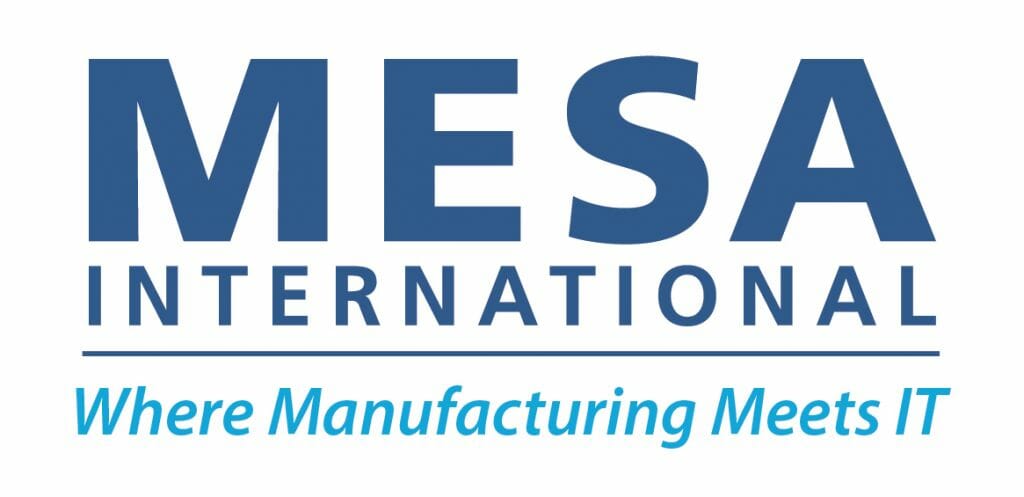Course Length: Classroom: 8 contact hours; Post Event: 2.0 contact hours for self-study and out-course assessment test
PDHs: 1.0 (10 Contact Hours)
Requirements: You must achieve a combined average score of 85% or better to earn PDHs and pass each Course. There are two tests for each Course: 1) an In-Course and 2) an Out-Course test. Your tests results are combined to obtain an average score by Course. You must pass all Courses offered in your Certificate Program(s) to receive your Certificate of Competency. Prerequisites: View MESA's Global Education Program prerequisites here.
In addition, the following are recommended (but not required) for this course:
1. Completion of the MES/MOM Methodologies CoC Program
2. Some knowledge of ISA-95
3. Some knowledge of XML documents and schemas
4. W3C XML Schema Definition (XSD)
5. Some knowledge of ERP software functionality
6. Some knowledge of MES/MOM software functionality
Course Description:
This course details the elements involved in business-to-manufacturing integration using the MESA B2MML and ISA-95 standards. The course covers the following areas:
- The typical IT environment used in integration projects and the IT tools used for integration
- A discussion on typical business process that require integration, the business terminology typically used, and how shop floor/operations system work through transactions that support the business processes
- A definition of the B2MML elements that are used in integration projects, including Process/Operations Segments, Properties, Schedules, Product/Operations Definitions, and Material
- Methods and techniques for mapping data from modern and legacy systems into the common B2MML format
- A definition of the ways to extend the basic B2MML definitions for projects
Business system to manufacturing system integration projects involve multiple business departments, IT departments, and engineering departments making them a difficult project to coordinate and execute. The ISA-95 Enterprise/Control System Integration standards and the MESA B2MML schemas are effective tools for these projects. However, effective use of these tools requires 1) detailed knowledge of the business and shop floor / operations processes involved in integration, 2) knowledge of how the processes are interrelated through transactions, and 3) representing exchanged information in a commonly understood format. As a result, MOM integration projects spend considerable time on isolated project discovery that re-defining of the operations interactions that are actually common interactions used across similar plants using similar technologies, business processes, and production processes.
IT organizations often view integration projects as just a technology problem, without an understanding of the impact that integration may have on existing manufacturing operations and their real-time work processes. To significantly reduce project time and effort, a good understanding is required of the 1) best practice integration methods and 2) best practice methods for integration requirements.
Upon course completion, Learner will be able to:
1. Discuss what business processes are involved in manufacturing system integration
2. Describe the mappings that must occur from business system interfaces into a standard operations interface
3. Explain transactions and transaction types required to support integration
4. Identify B2MML elements used to represent business objects
5. Describe the methods for extending B2MML

